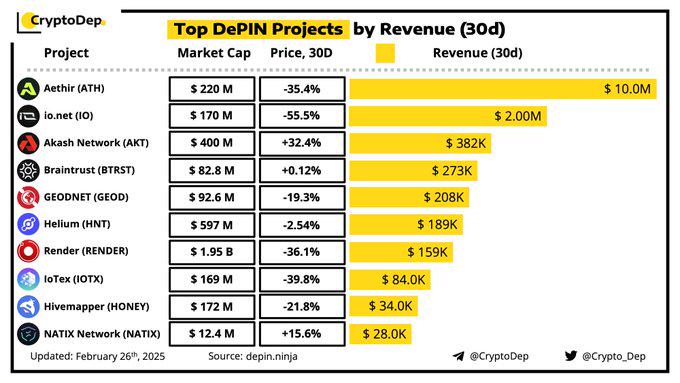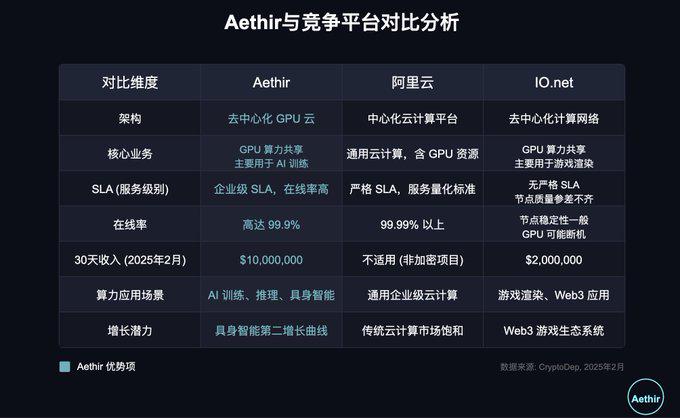Author: NingNing
There was no consensus at the Hong Kong Consensus Conference in February 2026. There was no mainline in the crypto market in Q1 2026.
In 2024, Solana strictly implemented the Memecoin strategy formulated by Messari, and the transaction volume of the single chain overwhelmed the entire Ethereum ecosystem, becoming the first L1 in history to win the block space war with the Ethereum ecosystem.
But the foundation of Solana's victory is not solid. The fundamentals of Memecoin, which consists of the trinity of attention, Fomo sentiment and liquidity, after the on-chain transaction volume dropped rapidly due to the holiday effect, the weak LP pool could not support the high FDV/LP ratio, and staged a retreat greater than Dunkirk in February 2026.
The old king has fallen, and the new king is still behind the scenes. Standing at the threshold of March, a month that has always been turbulent, we make a blind guess about the main line of the future.
In the current chaotic market structure, such a clue has emerged: funds are flowing from narrative-only on-chain PVP to YieldFarming supported by fundamentals.
Representative projects fall into three categories:
Sonic’s neoclassical YieldFarming, a more powerful version of Ve (3,3);
BeraChain and Initia’s (3,3,3) new model, a chained version of Olympus DAO’s (3,3) mechanism;
DePIN projects represented by Aethir, a variant of YiledFarming with real income and positive externalities.
Sonic, BeraChain, and Initia all have high market mindshare, but the DePIN track has been silent for a year and there is no market discussion.
However, the most bullish track in Messari's 25-year outlook report is DePIN, and it is recommended that Solana return its strategic focus to DePIN in 25 years.
As we all know, the trick to getting Alpha returns is to take narrow paths and cultivate thin fields. The less interested DePIN is, the more worthy of our in-depth layout.

The above picture is the TOP DePIN project data compiled by CryptoDep. Among the TOP 5 revenue rankings, in addition to the familiar Aethir, io.net, and Akash, there are two newcomers Braintrust and GEODNET.
Among them, Aethir topped the DePIN project list with $10M in 30-day revenue. I checked Aethir's GPU Dashboard and found that the project has achieved an annual recurring revenue (ARR) of $105 million, provided 487 million hours of computing power, distributed more than 3.6 billion ATH token rewards, and nearly 1 million on-chain transactions.
Originally, it was thought that the real income model pricing would take years to be recognized in the crypto market, but seeing Aethir's growth trajectory, perhaps this day will come sooner than we thought.

Aethir is so successful, on the one hand, because of its differentiated competitive strategy. It did not follow the route of other DePIN projects that focused on edge device networks + long-tail market demand, but chose to use NVIDIA high-performance GPUs (such as NVIDIA H100) to build a decentralized cloud computing platform to provide enterprise-level GPU computing power for AI and game developers around the world; on the other hand, the Aethir team seized the AI x Crypto trend in Q1 of 24 and successfully raised funds to purchase a large number of high-end GPUs, which created Aethir's moat and helped Aethir achieve network effects as soon as possible. And Aethir's network effect has attracted more enterprise-level GPU computing power suppliers to join.
Recently, there has been a view in the market that open source low-cost models such as DeepSeek will reduce the demand for NVIDIA's high-end graphics cards. This has led many investors to worry about the sustainability of Aethir's revenue. But this view is actually market noise deliberately created by financial market manipulators some time ago, and it is a bit unfounded to feel anxious about it.
Nvidia's "leather jacket yellow" has already publicly refuted this view, and there is also the "Jevons effect" at work. In short, open source models such as DeepSeek will not only not reduce the demand for high-end GPUs, but will stimulate demand growth. After DeepSeek became popular, the scale of the domestic Maas (model as a service) reasoning market has surged, saving many computing centers that were almost dead.
In addition, paradigm innovation in the field of AI is in the ascendant. In addition to LLM, embodied intelligence (Embodied AI) has become a hot spot for capital pursuit. Embodied intelligence will become the engine that ignites Aethir's second growth curve because it requires low-latency, highly reliable computing power and a multi-layer network structure that collaborates with edge devices and the cloud.
Therefore, there is no need to worry about Aethir on the demand side. The Aethir team is currently focusing on the supply side, and they are trying their best to onboard more enterprise-level high-end GPU computing power suppliers to access the network. For this reason, Aethir has also specially launched the Aethir AVS network to provide compliance support and exemption of Staking thresholds for GPU computing power suppliers.
DePin In addition to AI-related projects such as Aethir, io.net, and Akash, GEODNET's fundamentals are also very good, but due to its niche market of geographic location information services, its imagination space is limited. We will not make an in-depth analysis. If you are interested, you can Grok3 yourself.
To sum up, DePin has evolved from a 23-year "epic scam" to a physical device collaboration network with real income + positive externalities, but the market has not yet priced in this. And this is a good hitting point.
 Brian
Brian
 Brian
Brian Weiliang
Weiliang Miyuki
Miyuki Brian
Brian Alex
Alex Joy
Joy Joy
Joy Joy
Joy Joy
Joy Joy
Joy